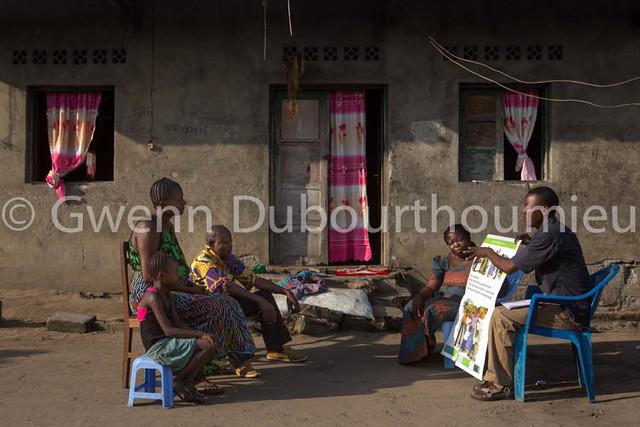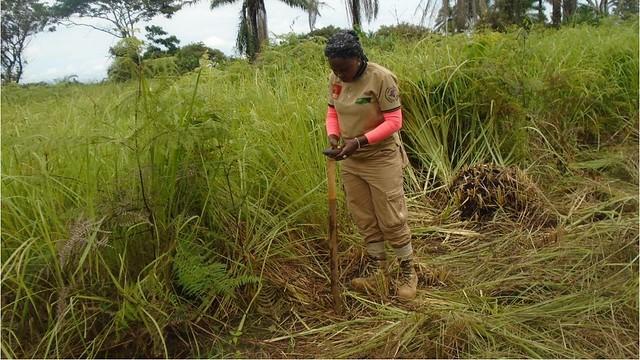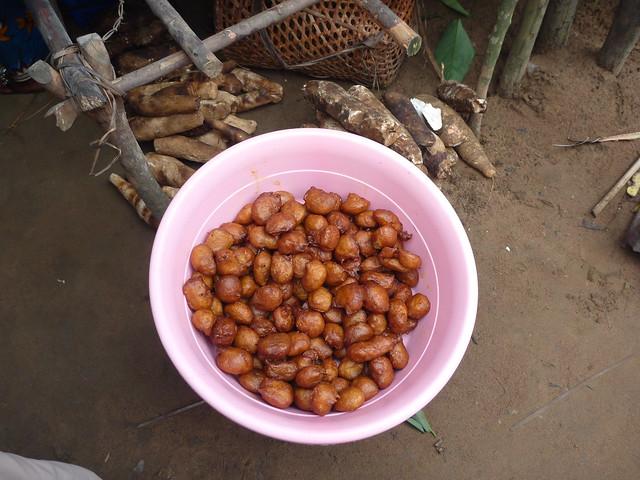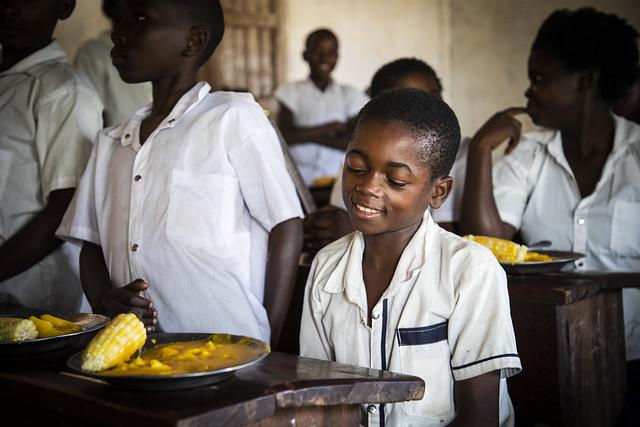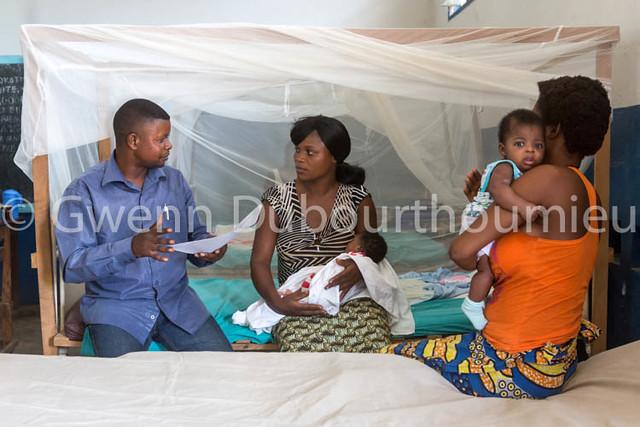Kwilu
Overview
Overview of Kwilu Province
Kwilu Province, located in the southwestern part of the Democratic Republic of the Congo, offers a unique glimpse into the vibrant cultures and natural beauty of central Africa. The province is named after the Kwilu River, which meanders through lush landscapes and serves as a vital waterway for local communities. The region is known for its rich cultural tapestry, with numerous local tribes such as the BaKongo and the Teke, each contributing to the diverse customs, languages, and artistic expressions found here. Visitors are often captivated by the traditional music, dance, and the exquisite craftsmanship of local artisans, particularly in weaving and pottery.
Best Time to Visit and Activities
The high season for tourism in Kwilu is during the dry months, from May to September. During this period, the weather is generally more pleasant, with reduced humidity and lesser rainfall, making it ideal for exploring the outdoors. Tourists can engage in a variety of activities such as river safaris on the Kwilu River, where they can observe local wildlife and get a closer look at the daily lives of the riverine communities. Hiking and bird-watching are popular in the region’s vast savannahs and forests, offering a chance to see Congo's diverse flora and fauna in their natural habitats. Additionally, cultural festivals showcasing traditional music and dance occur throughout these months, providing an immersive experience into the local heritage.
Preparation for Travelers
Travelers planning to visit Kwilu should prepare adequately to ensure a safe and enjoyable trip. It is crucial to be up-to-date with vaccinations recommended for travel in the region, such as those for yellow fever, malaria prophylaxis, and other routine vaccinations. Obtaining comprehensive travel insurance that covers medical evacuation is highly recommended due to the remote nature of many areas in the province. Visitors should also pack appropriate clothing for tropical climates, including lightweight, breathable fabrics, rain gear, and sturdy footwear for trekking. Finally, learning a few basic phrases in French, the official language, or in one of the local languages can be incredibly helpful for communication and enriching interactions with local communities.
How It Becomes to This
History not available

You May Like
Explore other interesting states in Democratic Republic of the Congo
Discover More Area
Delve into more destinations within this state and uncover hidden gems.


